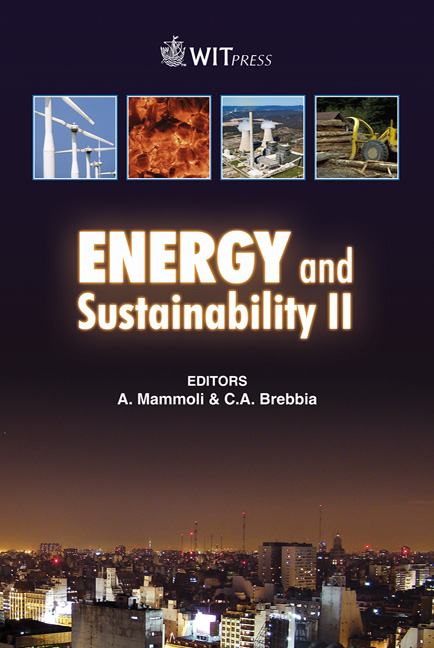Heat Transfer From In-line Tube Bundles To Downward Aqueous Foam Flow
Price
Free (open access)
Transaction
Volume
121
Pages
10
Published
2009
Size
449 kb
Paper DOI
10.2495/ESUS090341
Copyright
WIT Press
Author(s)
J. Gylys, S. Sinkunas, T. Zdankus, R. Jonynas & R. Maladauskas
Abstract
An experimental investigation of heat transfer from in-line tube bundle to foam flow was performed. One type of aqueous foam – statically stable foam was used as a coolant. The experimental setup consisted of the foam generator, experimental channel, in-line tube bundle, measurement instrumentation and auxiliary equipment. During the experiments aqueous foam initially moved vertically upward, then made a 180 degree turning and moved vertically downward crossing the in-line tube bundle. Three tube bundles with different geometry were used for investigation. Spacing among the centres of the tubes across the first in-line tube bundle was 0.03 m and spacing along the bundle was 0.03 m. In the second case spacing among the centres of the tubes across the bundle was 0.03 m; spacing along the bundle was 0.06 m. In the last case spacing was accordingly 0.06 m and 0.06 m. Initially, the first tube bundle was installed at the experimental channel, next the second tube bundle was installed instead of the previous bundle and so on. The laminar downward foam flow crossed the tube bundle and the mean velocity of foam flow was changed from 0.14 m/s to 0.30 m/s. The volumetric void fraction of foam was changed from 0.996 to 0.998. During an experimental investigation it was determined dependence of heat transfer intensity on flow parameters: flow velocity, influence of tube position of the bundle on heat transfer intensity was investigated. Keywords: aqueous foam flow, flow turn, in-line tube bundle, void fraction of foam.
Keywords
aqueous foam flow, flow turn, in-line tube bundle, void fraction of foam





